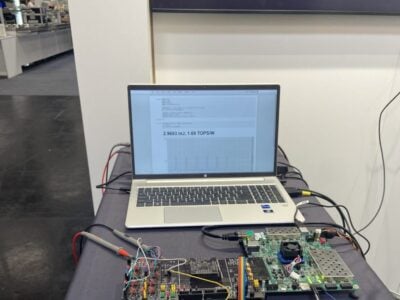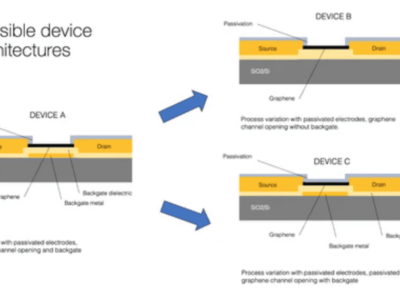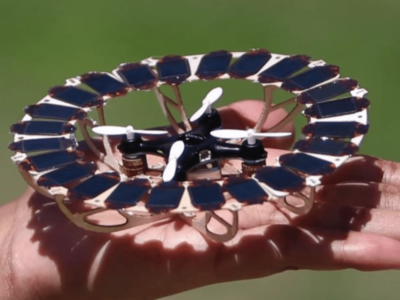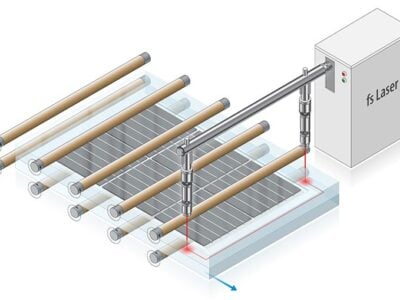
Hexagonal SiGe promises direct integration of photonics on silicon
What’s more, as they reveal in a paper “Direct Bandgap Emission from Hexagonal Ge and SiGe Alloys” published in the Nature journal, they were able to tune continuously the emission wavelength over a broad range by simply changing the composition of the hexagonal SiGe alloy. These new findings, they say, could enable the design of photonic chips directly into silicon-germanium integrated circuits.

(MOVPE) equipment used to grow nanowires with hexagonal
silicon-germanium shells. Credit: Nando Harmsen, TU/e
The key to turning SiGe alloys into direct band gap emitting materials was to produce germanium and alloys from germanium and silicon with a hexagonal crystal lattice structure.
Together with colleagues from the Technical University of Munich and the universities in Jena and Linz, researchers at the Technical University of Eindhoven used nanowires made of another material as a template for hexagonal growth.
The nanowires then served as a template for a germanium-silicon shell on which the underlying material imposed its hexagonal crystal structure.
Initially, however, these structures could not be stimulated to emit light. Through the exchange of ideas with colleagues at the Walter Schottky Institute at the Technical University of Munich, who analyzed the optical characteristics with each successive generation, the production process was finally optimized to a grade of perfection where the nanowires were indeed capable of emitting light.
“In the meantime, we have achieved properties almost comparable to indium phosphide or gallium arsenide,” says Prof. Erik Bakkers from TU Eindhoven. As a result, it could be just a matter of time before a laser made from germanium-silicon alloys and capable of integration into conventional production processes is developed.

crystal lattice can generate light. They could be integrated
directly into the common processes of silicon-based
semiconductor technology. Elham Fadaly / TU/e
“If we can implement on-chip and inter-chip electronic communications by optical means, speeds can be increased by a factor of up to 1,000,” says Jonathan Finley, Professor of Semiconductor Quantum Nanosystems at TUM. “In addition, the direct combination of optics and electronics could drastically reduce the cost of chips for laser-based radar in self-driving cars, chemical sensors for medical diagnostics, and air and food quality measurements.”
Technical University of Munich – www.tum.de
Related articles
Breaking free of epitaxial constraints
Hexagonal silicon could be light emitter
Making green LEDs more efficient and brighter
 If you enjoyed this article, you will like the following ones: don't miss them by subscribing to :
eeNews on Google News
If you enjoyed this article, you will like the following ones: don't miss them by subscribing to :
eeNews on Google News



